A study explored the underlying genetic architecture of live-born and dead-born piglets in a Duroc pig population.
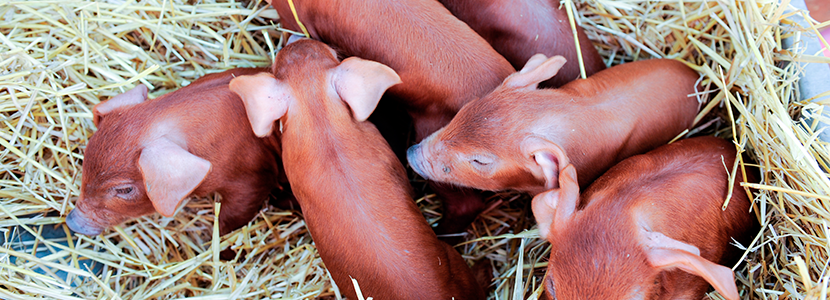
The size of the litter is one of the most important characteristics for production on pig farms, as it is directly related to production efficiency; so, apart from the number of piglets born alive, the number of piglets born dead and mummified at birth must be taken into account to explain production losses.
One study explored the underlying genetic architecture of live-born and dead-born piglets in a Duroc pig population.
A total of 803 sows were sampled and 2807 farrowing records were collected with the following traits:



A genome-wide association study was then performed for these traits in parity groups of 1 to 5.
Results

ARID1A, RXRG, NFATC4, ABTB2, GRAMD1B, NDRG1 and APC


Reference:
Zitao, C., Shaopan, Y., Jinyan, T., Shuqi, D., Xialong, Y., Zanmou, C., Hao Z., Jiaqi, L., Zhe, Z. Genome-wide association studies for the number of animals born alive and dead in duroc pigs. 2019. Elsevier. Theriogenology. Volume 139, pages 36-42.
Subscribe now to the technical pig magazine
AUTHORS

Bifet Gracia Farm & Nedap – Automated feeding in swine nurseries

The importance of Water on pig farms
Fernando Laguna Arán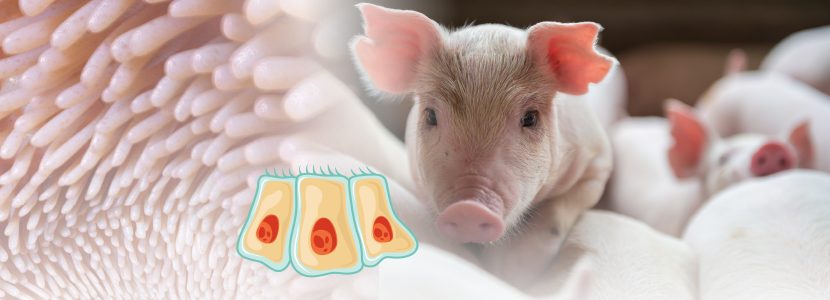
Microbiota & Intestinal Barrier Integrity – Keys to Piglet Health
Alberto Morillo Alujas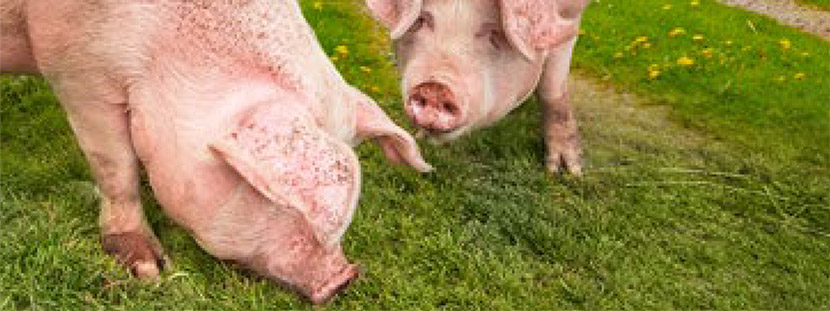
Impact of Reducing Antibiotic use, the Dutch experience
Ron Bergevoet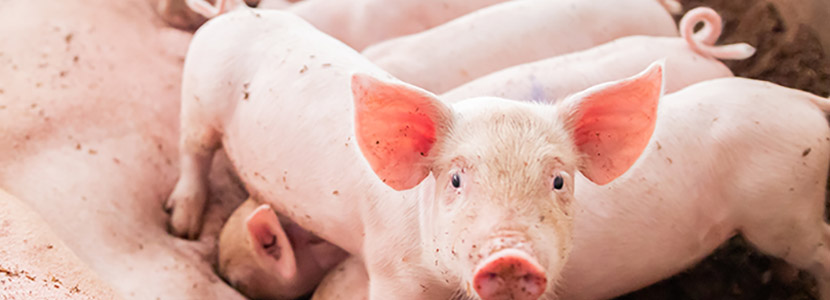
The keys to successful Lactation in hyperprolific sows
Mercedes Sebastián Lafuente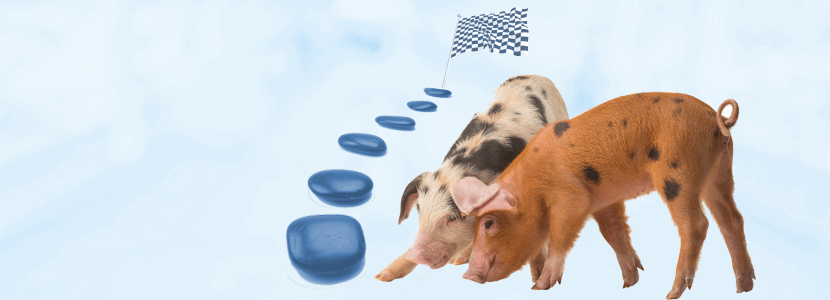
Addressing the challenge of Management in Transition
Víctor Fernández Segundo
Dealing with the rise of Swine Dysentery
Roberto M. C. Guedes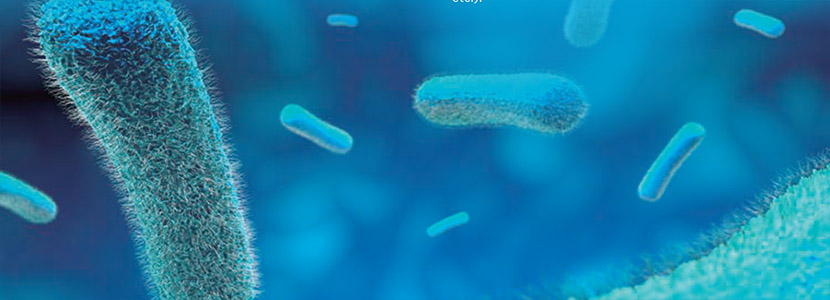
Actinobacillus pleuropneumoniae – What are we dealing with?
Marcelo Gottschalk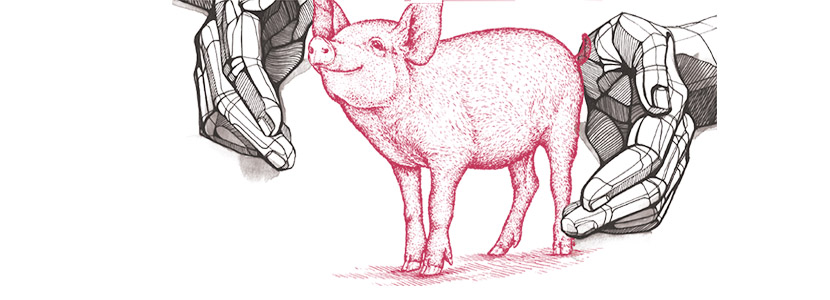
The new era of Animal Welfare in Pig Production – Are we ready?
Antonio Velarde
Gut health in piglets – What can we do to measure and improve it?
Alberto Morillo Alujas
Interview with Cristina Massot – Animal Health in Europe after April 2021
Cristina Massot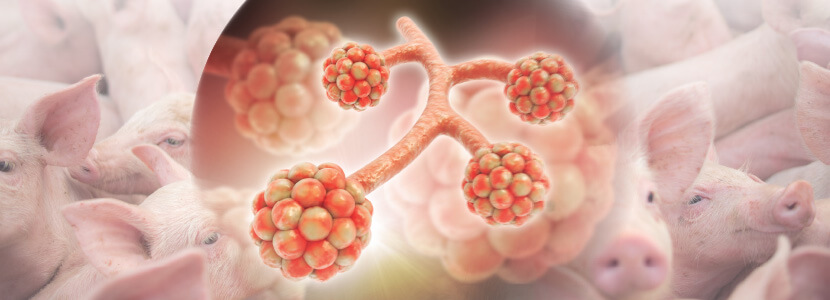
Differential diagnosis of respiratory processes in pigs
Desirée Martín Jurado Gema Chacón Pérez